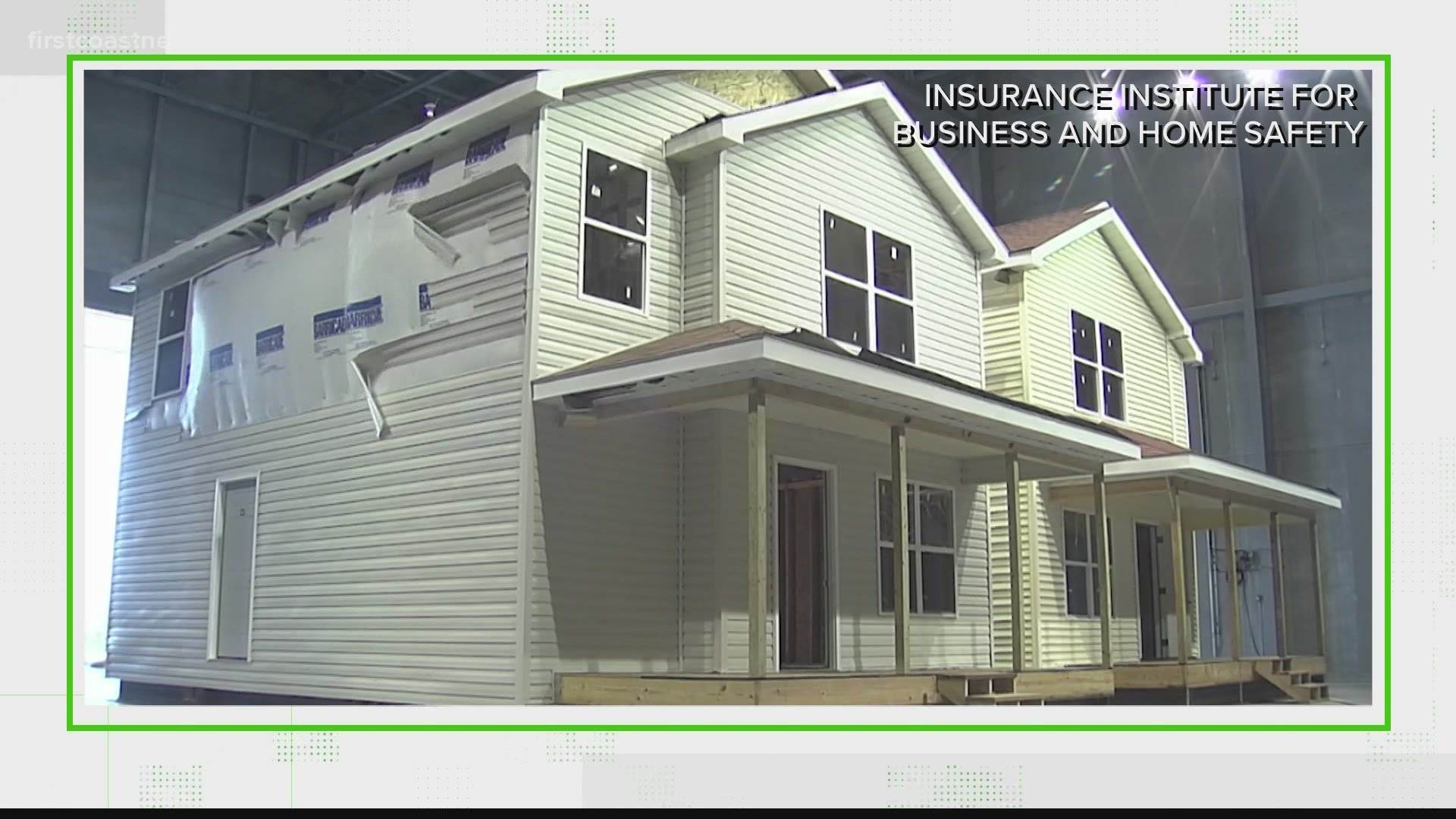Picture this: a powerful storm is raging outside, wind howling, rain pelting against the windows. It’s natural instinct to want to lock everything up tightly, shutting out the chaos and finding solace in the quiet safety of our homes. But what if I told you that closing all doors and windows during a storm might not be the best course of action? Surprising as it may seem, there are actually valid reasons behind this unconventional advice. In this article, we will explore the science behind why leaving a few strategic openings during a storm can be beneficial, providing a compelling argument for those who dare to challenge the norm.
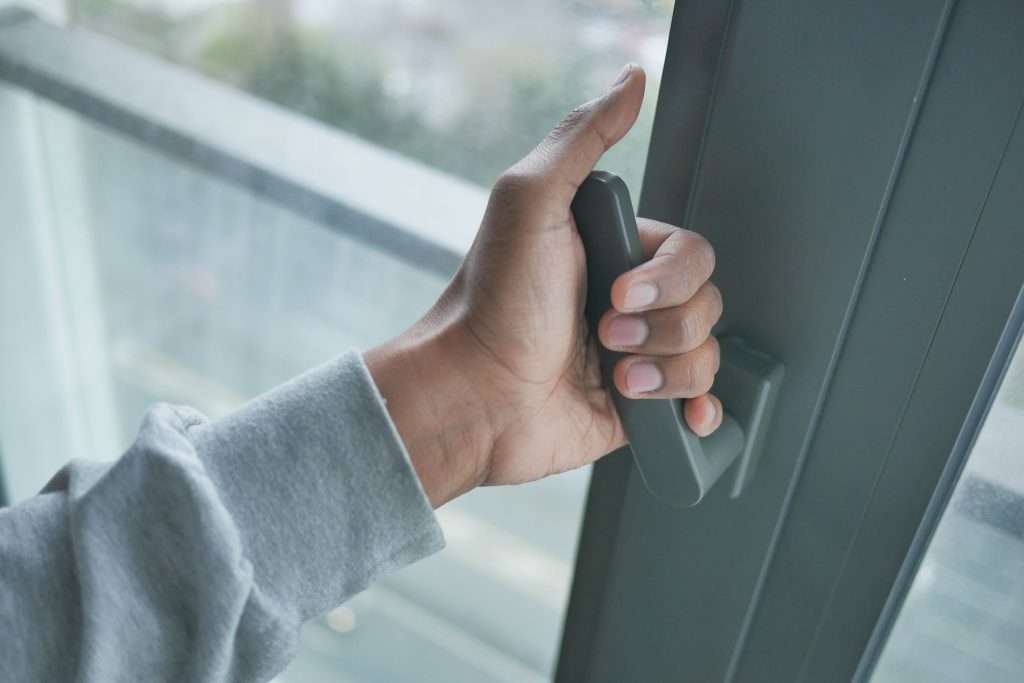
This image is property of venuswad.com.
1. Risks of Closing all Doors and Windows
During a storm, it may seem like a natural instinct to close all doors and windows to keep the elements out and protect our homes. However, this action can actually have several negative consequences. Let’s explore the risks associated with closing all doors and windows during a storm.
1.1 Increased Pressure
One of the main risks of closing all doors and windows during a storm is the increased air pressure that can build up inside a home. When all openings are sealed, the air inside has nowhere to go, resulting in a significant increase in pressure. This increased pressure can put a strain on the structure of the building and potentially cause damage.
1.2 Damaged Windows
Another risk of closing all doors and windows is the potential for window breakage. When a storm hits, the powerful winds can create a significant amount of pressure against the outside of the windows. If all the doors and windows are tightly sealed, this pressure has nowhere to escape, and the windows may shatter under the force.
1.3 Structural Damage
Closing all doors and windows during a storm can also lead to structural damage to the building. The increased pressure inside the home can put stress on the walls, roof, and other structural components. Over time, this accumulated stress can weaken the building’s integrity and potentially result in structural failure.
1.4 Trapped Air
When we close all doors and windows, we trap the air inside the house. This can be problematic during a storm, as the trapped air can become stagnant and potentially harmful. Stagnant air may contain pollutants, allergens, and even mold spores, which can adversely affect the air quality inside our homes and pose health risks.
1.5 Restricted Air Circulation
Finally, closing all doors and windows during a storm restricts the natural air circulation in our homes. Fresh air cannot enter, and stale air cannot escape, leading to a stuffy and uncomfortable environment. Proper ventilation is essential for maintaining indoor air quality and ensuring a healthy living space.
2. Importance of Ventilation during a Storm
Now that we understand the risks associated with closing all doors and windows, let’s explore the importance of ventilation during a storm.
2.1 Equalizing Pressure
One of the primary reasons for having proper ventilation during a storm is to equalize the air pressure inside and outside the house. By allowing some openings, such as partially open doors and windows, the pressure can be balanced, reducing the strain on the structure and minimizing the risk of damage.
2.2 Preventing Window Breakage
Ventilation can also help prevent window breakage during a storm. By allowing some air to escape through partially open windows, we can alleviate the pressure against the glass, reducing the likelihood of shattered windows.
2.3 Reducing Structural Stress
Proper ventilation during a storm can significantly reduce the structural stress on the building. By allowing air to flow freely, the pressure inside our homes can be regulated, preventing excessive strain on the walls, roof, and other structural components.
2.4 Ensuring Fresh Air Supply
Ventilation is crucial for ensuring a fresh air supply inside our homes, even during a storm. Fresh air is essential for maintaining a healthy indoor environment, and proper ventilation helps to remove pollutants, odors, and excess moisture. By allowing some openings during a storm, we can ensure a continuous flow of fresh air.
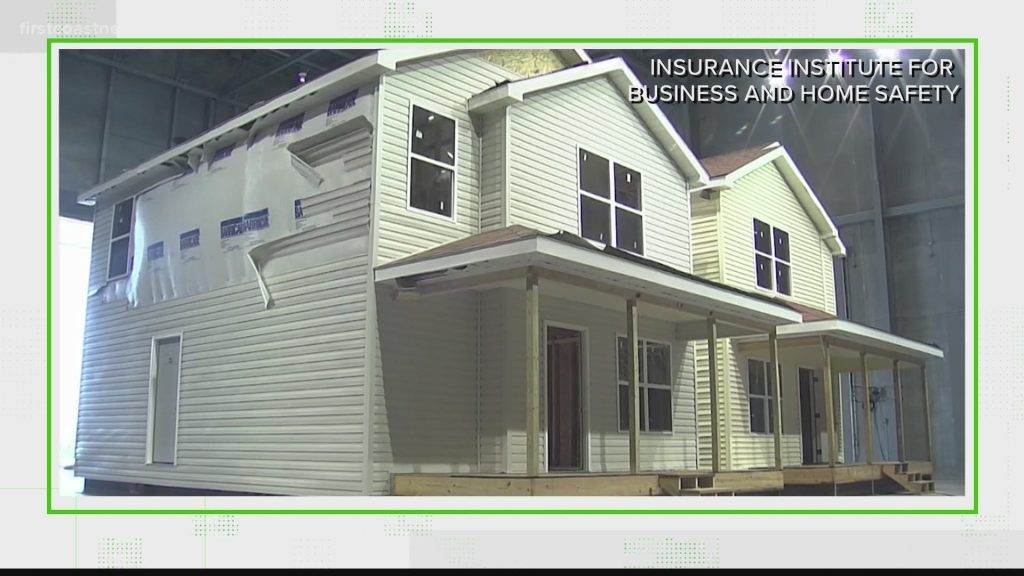
This image is property of media.firstcoastnews.com.
3. Safety Measures when Leaving Doors and Windows Open
While ventilation is important during a storm, it is essential to take certain safety measures when leaving doors and windows open.
3.1 Securing Loose Objects
Before opening any windows or doors during a storm, it is crucial to secure loose objects inside and outside our homes. Strong winds can turn loose items into dangerous projectiles, causing damage to our property and posing a risk to ourselves and others.
3.2 Reinforcing Windows
To prevent window breakage, reinforcing windows with storm shutters or impact-resistant film can provide an added layer of protection. These measures can help to distribute the pressure more evenly and minimize the risk of shattered glass.
3.3 Using Window Protection
In addition to reinforcing windows, using window protection such as screens or grilles can provide an extra level of safety. These protective barriers can help to prevent debris or objects from entering our homes while still allowing for proper ventilation.
3.4 Monitoring Weather Conditions
When leaving doors and windows open during a storm, it is essential to continuously monitor the weather conditions. Sudden changes in wind direction or an intensification of the storm may require us to adjust our ventilation strategy or close certain openings to ensure our safety.
4. Benefits of Partially Open Doors and Windows
Now that we understand the importance of ventilation and the necessary safety measures, let’s explore the specific benefits of partially open doors and windows during a storm.
4.1 Preventing Pressure Buildup
When we partially open doors and windows during a storm, we can prevent excessive pressure buildup inside our homes. This balanced pressure helps to alleviate stress on the structure and minimize the risk of damage.
4.2 Reducing Window Damage
By allowing some air to escape through partially open windows, we can reduce the pressure against the glass, decreasing the chances of window breakage. This can save us from expensive repairs and protect the safety of ourselves and our loved ones.
4.3 Minimizing Structural Stress
Partial openings provide a means for air circulation, which helps to regulate the pressure inside our homes. This, in turn, minimizes the structural stress on the building, ensuring its long-term integrity and stability.
4.4 Allowing for Escaping Air
During a storm, it is common for certain odors or pollutants to be present inside our homes. By partially opening doors and windows, we allow for the escape of stagnant air, ensuring a continuous supply of fresh, clean air.
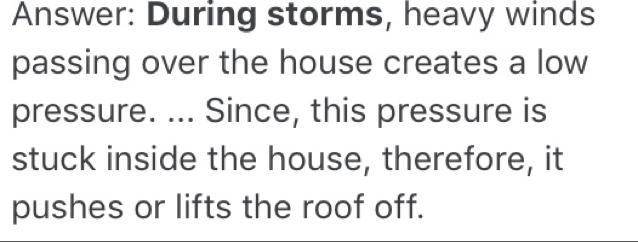
This image is property of hi-static.z-dn.net.
5. Ensuring Safety during a Storm
While ventilation is essential, ensuring our safety during a storm involves more than just opening doors and windows. Let’s explore some crucial measures that need to be taken to protect ourselves and our homes.
5.1 Finding Safe Shelter
During severe storms, finding safe shelter should always be the top priority. Identifying secure areas within our homes, such as basements or interior rooms without windows, can provide protection from strong winds and flying debris.
5.2 Creating an Emergency Kit
Having an emergency kit ready is essential for any storm situation. This kit should include essential items such as non-perishable food, water, flashlights, batteries, a first-aid kit, and a portable battery-powered radio. Being prepared can make a significant difference in our safety and well-being during a storm.
5.3 Staying Informed
Staying informed about weather conditions is crucial for making informed decisions during a storm. Monitoring weather updates through reliable sources, such as the National Weather Service, can help us stay ahead of the storm and take appropriate actions to ensure our safety.
5.4 Having a Plan
Having a storm preparedness plan in place is vital for staying safe. This plan should outline evacuation routes, designated meeting points, and emergency contact information. By having a well-thought-out plan, we can respond effectively to any storm situation.
6. Debunking Common Myths
There are several common myths surrounding the topic of closing doors and windows during a storm. Let’s debunk some of these misconceptions and shed light on the best practices.
6.1 Closing All Doors and Windows for Maximum Protection
Contrary to popular belief, closing all doors and windows does not provide maximum protection during a storm. As we have discussed earlier, doing so can lead to increased pressure, window breakage, and structural damage. Partial openings, combined with the necessary safety measures, offer a more balanced approach to ventilation and protection.
6.2 Leaving All Doors and Windows Open
On the other end of the spectrum, leaving all doors and windows open during a storm is also not advisable. This can expose our homes to excessive wind and rain, potentially leading to water damage and compromising the safety of our property and ourselves.
6.3 Opening Only One Window
Opening only one window during a storm may not provide adequate ventilation and pressure equalization. It is essential to have multiple openings throughout the house to ensure a balanced flow of air and minimize the risks associated with increased pressure.

This image is property of hi-static.z-dn.net.
7. Factors to Consider before Leaving Doors and Windows Open
When deciding whether to leave doors and windows open during a storm, several factors should be taken into consideration. Let’s explore these factors in detail.
7.1 Intensity of the Storm
The intensity of the storm is one of the primary factors to consider. If the storm is particularly severe, with high winds and heavy rain, it may be safer to keep all doors and windows closed. However, if the storm is less severe, partially opening doors and windows can be a viable option.
7.2 Wind Direction
The direction of the wind is another important factor to consider. Opening windows on the side of the house where the wind is blowing can help equalize pressure and reduce the risk of window breakage. However, caution should be exercised if the wind direction changes suddenly.
7.3 Building Structure
The structure of our homes also plays a role in determining whether to leave doors and windows open. Older buildings or those that are not well-maintained may be more susceptible to damage from increased pressure. Assessing the structural integrity of our homes is crucial in making an informed decision.
7.4 Window Quality
The quality of our windows is an essential factor to consider. Impact-resistant or reinforced windows provide an added level of protection against the elements and may allow for more flexibility in ventilation options during a storm. Evaluating the strength and durability of our windows can guide us in making the best choice.
8. Expert Recommendations
To ensure our safety during a storm and make informed decisions about door and window ventilation, it is important to consider the recommendations of experts and authorities. Let’s explore what organizations such as the National Weather Service, Federal Emergency Management Agency (FEMA), American Red Cross, and local authorities suggest.
8.1 National Weather Service
The National Weather Service provides valuable information and guidance on storm preparedness and safety. They recommend monitoring weather updates, seeking safe shelter during severe storms, and following the advice of local authorities.
8.2 Federal Emergency Management Agency
FEMA emphasizes the importance of having an emergency plan and emergency kit. They provide resources and information to help individuals and communities prepare for and respond to various weather events, including storms.
8.3 American Red Cross
The American Red Cross offers guidance on storm preparedness, including developing a family emergency plan and assembling an emergency kit. They also stress the importance of finding safe shelter and staying informed about weather conditions.
8.4 Local Authorities
Local authorities, such as emergency management agencies and local law enforcement, provide specific guidance tailored to the region’s unique weather patterns and risks. Following their recommendations and staying updated on any storm-related instructions is crucial for our safety.
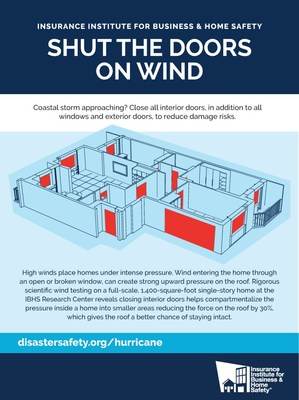
This image is property of mma.prnewswire.com.
9. Common Alternatives to Open Doors and Windows
For those who are unable or prefer not to leave doors and windows open during a storm, there are alternative measures that can be taken to ensure ventilation and protection.
9.1 Use of Storm Shutters
Installing storm shutters can provide a strong barrier against high winds and debris while still allowing for controlled ventilation. These shutters are designed to withstand the impact and pressure from storms, providing an added layer of protection to our homes.
9.2 Installation of Impact-Resistant Windows
Impact-resistant windows are specially designed to withstand strong impacts and pressure from storms. These windows feature multiple layers of glass with a durable interlayer, making them highly resistant to shattering. They provide an excellent alternative for those seeking both ventilation and protection.
9.3 Reinforced Doors
Reinforcing doors with additional security features, such as stronger locks, bolts, and strike plates, can enhance their ability to withstand storm conditions. Properly reinforced doors can help prevent forced entry and extend protection to our homes during a storm.
9.4 Sealing Vulnerable Areas
Sealing vulnerable areas of our homes, such as gaps around windows and doors, can help minimize the entry of wind and rain. Weatherstripping and caulking are effective tools for sealing these areas, ensuring a more secure and protected living environment.
10. Conclusion
In conclusion, while it may seem counterintuitive, closing all doors and windows during a storm poses several risks and disadvantages. By understanding the importance of ventilation, taking necessary safety measures, and considering expert recommendations, we can find the right balance between protection and ventilation during a storm. It is crucial to assess the intensity of the storm, wind direction, building structure, and window quality before making informed decisions about leaving doors and windows open. Alternatives such as storm shutters, impact-resistant windows, reinforced doors, and sealing vulnerable areas can provide additional options to ensure both ventilation and protection. By following these guidelines, we can prioritize our safety and well-being during storm events.
